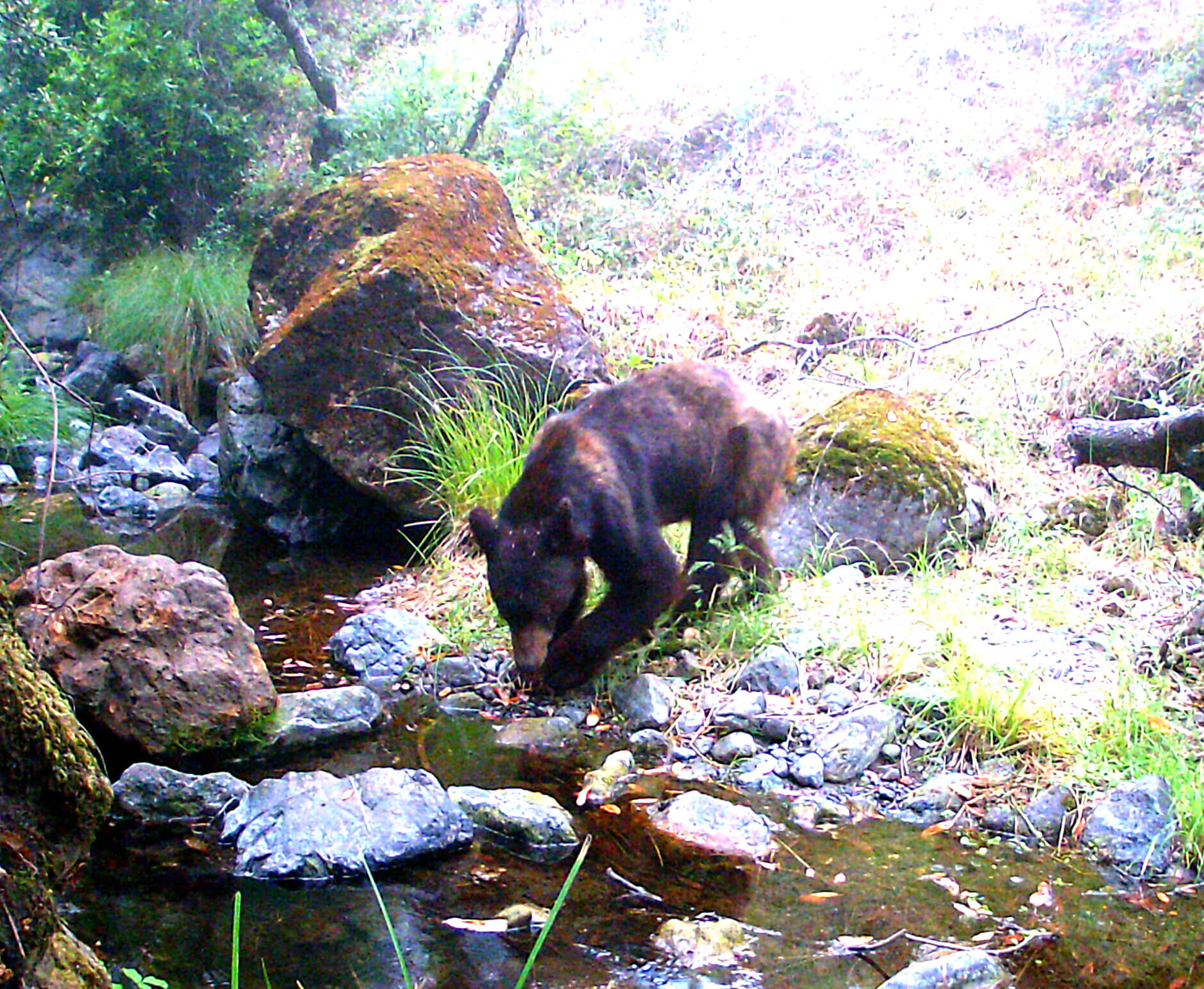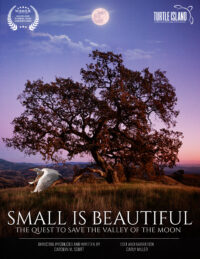By Teri Shore | Sun Guest Writer
The black bears are here. Over the past five years, more and more black bears have shown up on wildlife cameras rambling through the backcountry of Sonoma County and the North Bay. Whether you love them or fear them, it’s now time to learn how to live with bears and keep them wild.
That’s why a bunch of bear lovers recently gathered at Sugarloaf Ridge State Park for a training session by local wildlife experts with the North Bay Bear Collaborative. We were there to learn how to help conduct field research to find out more about our growing bear population. This was the kick-off for the second year of the bear DNA project to analyze genetic samples from bear hair and scat found on the landscape by experienced trackers and volunteers.
The North Bay Bear Collaborative is a working group of agencies, non-profit conservation groups, landowners and individuals committed to being proactive liaisons between humans and bears. It is hosted by the Sonoma Ecology Center.
“Black bear population and range in Sonoma and Napa counties seem to have increased over the last few years,” said Scientific Lead, Meghan Walla-Murphy. “But how many, and where they are and where they are coming from is still a mystery.” Better understanding of the bears is essential to protecting them and preparing people for their presence among us.
Last year, the DNA sampling found evidence of several individual bears roaming across multiple study areas in the Mayacamas Range between Sonoma and Napa valleys. The wildfires across the county cut the effort short as only a four of the total 16 areas slated for the bear study were surveyed. This year the goal is to complete at least 12 additional locations.
Sitting in the rustic amphitheater at Sugarloaf as the sun warmed the morning and a flock of cedar waxwings flew into an overhanging oak tree, we learned the fine points of taking samples from bear scat and hair to prepare us to go out in the field in coming months. Teams of four to six people will join with experienced leaders familiar with bear tracks and sign for four days at a time to cover plots that are about 4,000 acres in size. Carrying GPS, wildlife cameras to install and collection bags, we will face heat, poison oak, ticks and brush while hiking cross-country into bear habitat. At the training, we saw both bear and mountain lion scat samples to get a sense of what we’ll be looking for.
We also learned that black bears are usually scared of people and mainly interested in eating, and most of what they eat is vegetarian – plants, berries, insects. Unlike grizzly bears that lived here for centuries but are now gone, the black bear rarely confronts or attacks humans. If they see you, they run away. The best way to keep them at bay and prevent them from turning into Yosemite or Tahoe bears is to keep your trash secured and don’t leave food, including pet food, outside.
The training was conducted by Walla-Murphy and Stacy Martinelli, who is with the California Department of Fish and Wildlife (CDFW), which is funding part of the study. Sonoma Ecology Center Research Project Manager Wendy Hayes and Sugarloaf Ridge State Park Manager John Roney coordinated the training. Martinelli, who designed the study with colleagues at CDFW said the pilot study combines government, nonprofit, and most of all, citizen scientists, to increase our knowledge of our local black bear populations in order to keep the bears wild and both bears and humans safe.”
Support the bear DNA study at www.beingwithbears.org
Teri Shore is a volunteer with North Bay Bear Collaborative






Be First to Comment